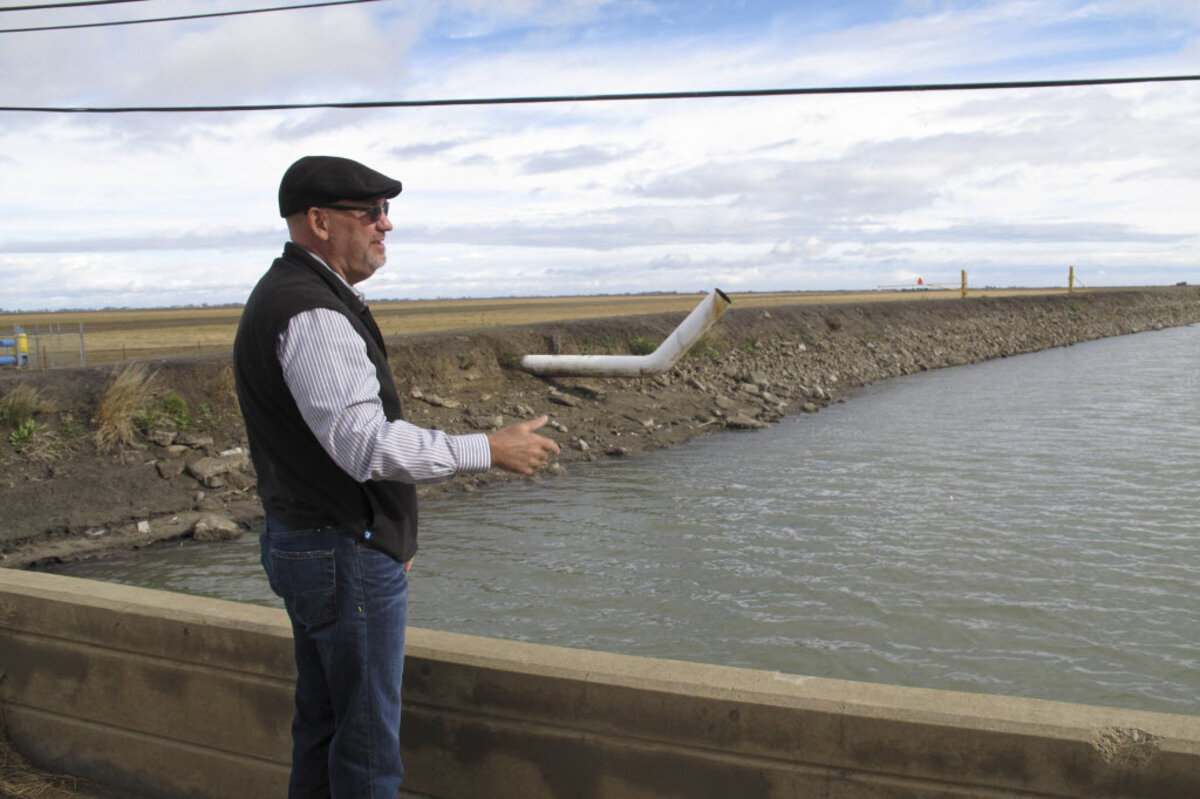As drought becomes the norm, where can US turn for lessons in adaptation?
Loading...
It’s official: the southwestern United States will likely never be the same again. A new analysis of the past 35 years of weather patterns concluded that what is now considered a normal year of rain and snow in the Southwest is one-quarter drier than it was before the 1970s.
And the climate conditions that bring the region most of its rain and snow will become even more rare in the future, according to a federally funded study posted online Thursday in the journal Geophysical Research Letters.
"This is something we expect from global warming," said study lead author Andreas Prein of the National Center for Atmospheric Research. "We see that in observations. It's happening already."
Regardless of whether the conditions that led to drought are naturally derived or caused by mankind, the future of water distribution and consumption in the American Southwest will look quite different than it does today. And that doesn't have to be in a gloom-and-doom kind of way.
The future of water in drought-stricken regions will look smarter and more efficient, much like it does in other parts of the world that have been grappling with a dearth of water for decades.
Take Israel, for example, where the inhospitable Arava desert, drawing one inch of rain a year, was turned into a veritable garden oasis by pioneers to the region in the 1960s, as ���Ǵ��� reported this summer.
They grew roses when others said it was impossible. They created naturally air-conditioned greenhouses by setting up “wet curtains” – honeycombed walls that allowed water to seep through slowly. They planted flowers in trenches of volcanic ash instead of the sandy soil. Later they switched to dates and peppers, using an Israeli-invented drip irrigation system.
Through technological and governance innovations, the tiny strip of land along the country’s border with Jordan produces 65 percent of Israel’s vegetable exports and helps feed the state itself. It’s productivity is so impressive, the region has become an international model.
“Israel is very much a beta test site for solving these problems in a small country,” Glenn Yago, founder of the Financial Innovation Lab at the California-based Milken Institute, told the Monitor in June. Dr. Yago is encouraging Israel’s investment in water projects in California.
“Drip irrigation, desalination, [wastewater] recycling, and aquifer remediation – those are problems that can be tested in the global laboratory that Israel is and then scaled elsewhere,” he said.
More recently, Australia also has become a model of water management after weathering a 12-year drought from 1997 to 2009.
As the Monitor reported in October, Melbourne residents on average each use 41 gallons of water a day, one-quarter of what each resident of Los Angeles uses.
The country successfully mobilized its public around conservation and stopped classifying droughts as isolated incidents of natural disaster, instead drought as a normal condition to encourage long-term planning. It did away with its system of water rights based on property ownership, as is common in the American west, particularly in California, Australia developed an open market for water trading.
“The Australians learned that what got them through the drought was massive conservation, but what sustains them going forward is that they implemented steps that make them resilient,” David Feldman, chair of the department of planning, policy and design at the University of California in Irvine told the Monitor.
California's existing water rights system may make it difficult for the state to mirror the path taken by Australia, Professor Feldman says, but the broader lessons could help the state and the greater Southwest weather their new climate.





